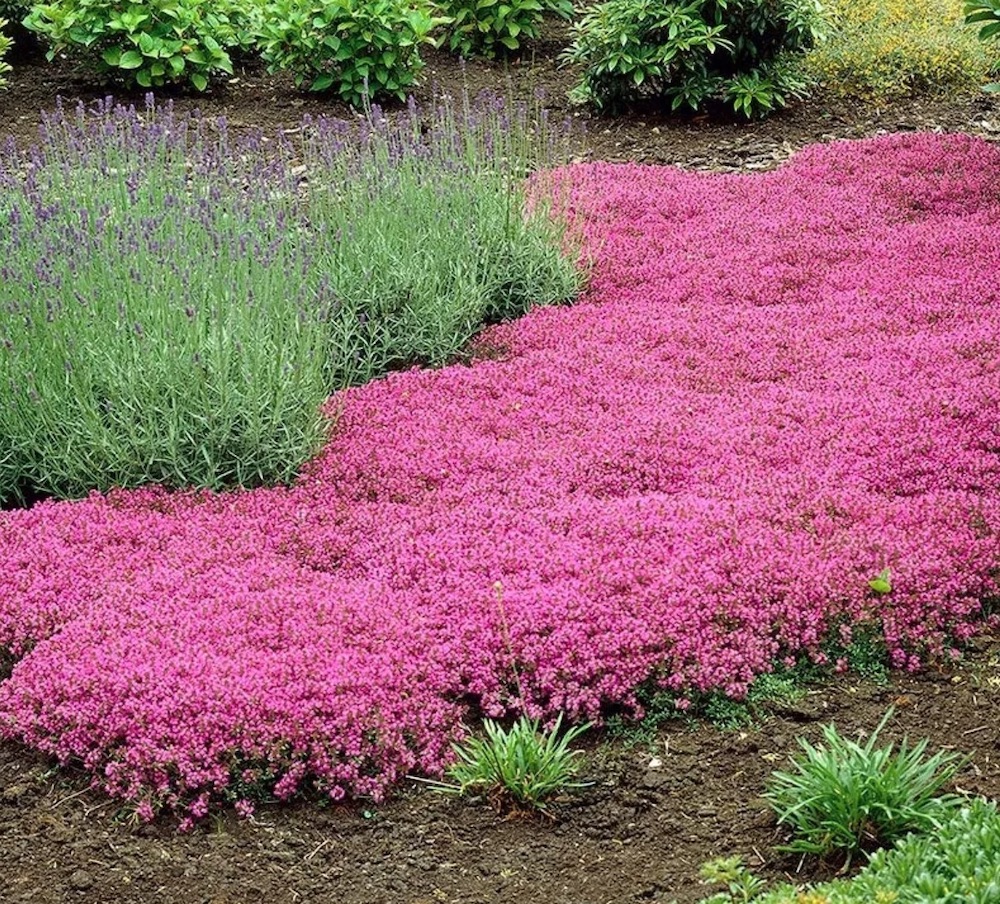

Also called Freeway Daisy, this popular plant blooms through spring and summer.

Trailing African Daisy (Osteospermum fruticosus): A good erosion control ground cover.Grows to six inches in height and should be spaced a foot apart. Spreads rapidly and produces a bright yellow flower. Spring Cinquefoil (Potentilla verna): Has attractive palmate, strawberry-like foliage, dark green in color.Grows to six inches in height and should be spaced 18 to 24 inches apart. Snow-in-Summer (Cerastium tomentosum): A low spreading perennial with grayish foliage.Sand Strawberry (Fragaria chiloensis): Popular ornamental plant in southern California.Plant’s appearance improves with age, and it is very hardy. Mondo Grass (Ophiopogon japonicum): Evergreen and grass-like, this plant will reach 10 inches in height.Needle Point Ivy (Hedera helix): This subspecies of Hahns Ivy has the same characteristics, except the leaves are pointed.Grows well in sun or shade to a height of 12 inches. Hahns Ivy (Hedera helix): Good ground cover for erosion control.They will grow to three inches in height and should be planted 6 to 12 inches apart. Goldmoss Stonecrop (Sedum sp.): This ground cover is a hardy, succulent evergreen which will do well in sun or shade.Reaches 10 inches in height, spreads rapidly, and should be planted at 10 to 12 inch intervals. Germander (Teucrium chamaedrys): Bright green foliage, resembling mint.Grows to three inches in height and withstands moderate traffic. Dichondra (Dichondra repens): Familiar lawn plant can also be used as ground cover.

Reaches four inches in height, prefers sunny areas and should be planted at 10 inch intervals. Creeping Thyme (Thymus serphyllum): Small, light green leaves with lavender, white, or pink flowers.Prefers sun or light shade plant 12 to 18 inches apart. This hardy plant grows to a height of six inches. Creeping Speedwell (Veronica repens): Dense green leaves with blue spring flowers.Produces a pleasant fragrance when leaves are crushed. Good around stepping stones and walkways. Chamomile (Anthemis nobilis): A deep turf is produced by this plant and it can be mowed.May be planted in sun or shade space 12 to 18 inches apart. Giant Ajuga (Ajuga crispa): A large Ajuga plant, this species is very hardy, has metallic colored leaves with blue flowers, and will grow up to nine inches in height.Good in sun or shade planted 6 to 12 inches apart. Bronze Ajuga (Ajuga reptans atropurpurea): This plant has bronze colored leaves with blue flowers, grows from two to four inches in height, and is considered to be a hardy species.When purchasing these plants, check with your local nursery for more specific information regarding your location. The list is accompanied by a brief description of each species named. For this reason, vector control districts in cooperation with the California Department of Health Services, have developed a list of substitute ground covers not attractive to rats. Algerian Ivy and Star Jasmine, popular ground covers in Southern California, are known to harbor roof rats.


 0 kommentar(er)
0 kommentar(er)
